Scientific name Cedrus Rank Genus | Division Pinophyta | |
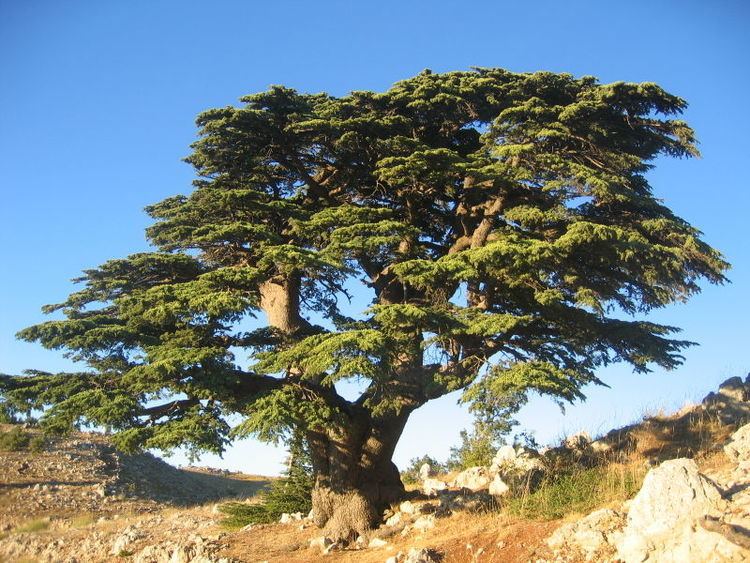 | ||
Lower classifications Deodar cedar, Cedrus libani, Cedrus atlantica, Cedrus brevifolia | ||
Atlas cedar cedrus atlantica how to grow blue atlas cedar cedrus atlantica glauca
Cedrus (common name cedar) is a genus of coniferous trees in the plant family Pinaceae. They are native to the mountains of the western Himalayas and the Mediterranean region, occurring at altitudes of 1,500–3,200 m in the Himalayas and 1,000–2,200 m in the Mediterranean.
Contents
- Atlas cedar cedrus atlantica how to grow blue atlas cedar cedrus atlantica glauca
- Weeping blue atlas cedar cedrus atlantica glauca pendula
- Description
- Taxonomy
- Species and subspecies
- Ecology
- Uses
- Etymology
- References
Weeping blue atlas cedar cedrus atlantica glauca pendula
Description
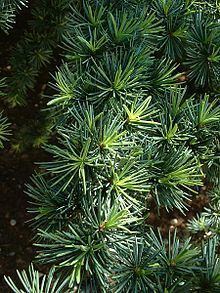
Cedrus trees can grow up to 30–40 m (occasionally 60 m) tall with spicy-resinous scented wood, thick ridged or square-cracked bark, and broad, level branches. The shoots are dimorphic, with long shoots, which form the framework of the branches, and short shoots, which carry most of the leaves. The leaves are evergreen and needle-like, 8–60 mm long, arranged in an open spiral phyllotaxis on long shoots, and in dense spiral clusters of 15–45 together on short shoots; they vary from bright grass-green to dark green to strongly glaucous pale blue-green, depending on the thickness of the white wax layer which protects the leaves from desiccation. The seed cones are barrel-shaped, 6–12 cm long and 3–8 cm broad, green maturing grey-brown, and, as in Abies, disintegrate at maturity to release the winged seeds. The seeds are 10–15 mm long, with a 20–30 mm wing; as in Abies, the seeds have two or three resin blisters, containing an unpleasant-tasting resin, thought to be a defence against squirrel predation. Cone maturation takes one year, with pollination in autumn and the seeds maturing the same time a year later. The pollen cones are slender ovoid, 3–8 cm long, produced in late summer, and shedding pollen in autumn.
Taxonomy
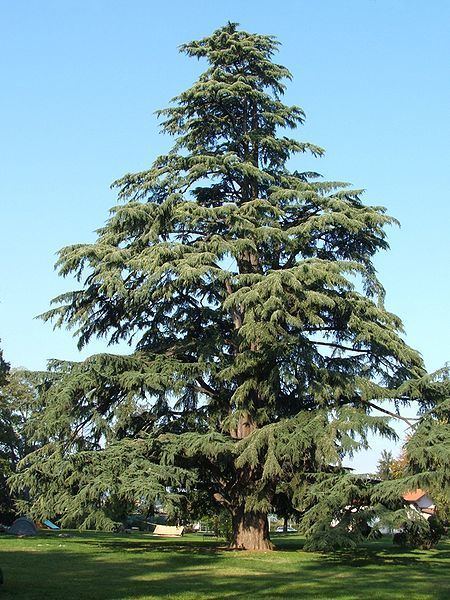
Cedars share a very similar cone structure with the firs (Abies) and were traditionally thought to be most closely related to them, but molecular evidence supports a basal position in the family.
Species and subspecies
The five taxa of Cedrus are assigned according to taxonomic opinion to between one and four different species:
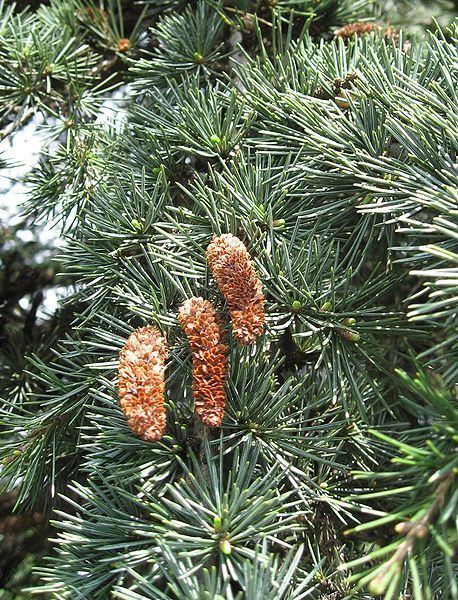
Ecology
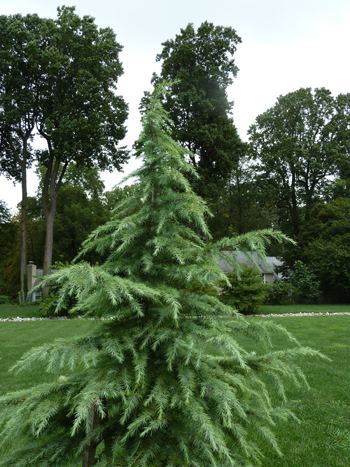
Cedars are adapted to mountainous climates; in the Mediterranean, they receive winter precipitation, mainly as snow, and summer drought, while in the western Himalaya, they receive primarily summer monsoon rainfall.

Cedars are used as food plants by the larvae of some Lepidoptera species including pine processionary and turnip moth (recorded on deodar cedar).
Uses
Cedars are very popular ornamental trees, widely used in horticulture in temperate climates where winter temperatures do not fall below about −25°C. The Turkish cedar is slightly hardier, to −30°C or just below. Extensive mortality of planted specimens can occur in severe winters where temperatures do drop lower. Areas with successful long-term cultivation include the entire Mediterranean region, western Europe north to the British Isles, southern Australia and New Zealand, and southern and western North America.
Cedar wood and cedar oil are known to be a natural repellent to moths, hence cedar is a popular lining for modern-day cedar chests and closets in which woolens are stored. This specific use of cedar is mentioned in The Iliad (Book 24), referring to the cedar-roofed or lined storage chamber where Priam goes to fetch treasures to be used as ransom. However, the species typically used for cedar chests and closets in North America is Juniperus virginiana, which is different from the true cedars (note also common confusion with Thuja spp. below). Cedar is also commonly used to make shoe trees as it can absorb moisture and deodorise.
Many species of cedar trees are suitable for training as bonsai. They work well with many styles, including formal and informal upright, slanting, and cascading.
In North America, species of the genus Thuja, such as western red cedar, are commonly — though mistakenly — confused with genuine cedar, as is J. virginiana, typically known as red cedar or eastern red cedar. While some naturalized species of cedar (Cedrus, the true cedars) can be found in the Americas, no species is native.
Etymology
Both the Latin word cedrus and the generic name cedrus are derived from Greek κέδρος kédros. Ancient Greek and Latin used the same word, kédros and cedrus, respectively, for different species of plants now classified in the genera Cedrus and Juniperus (juniper). Species of both genera are native to the area where Greek language and culture originated, though as the word kédros does not seem to be derived from any of the languages of the Middle East, it has been suggested the word may originally have applied to Greek species of juniper and was later adopted for species now classified in the genus Cedrus because of the similarity of their aromatic woods. The name was similarly applied to citron and the word citrus is derived from the same root. However, as a loan word in English, cedar had become fixed to its biblical sense of Cedrus by the time of its first recorded usage in AD 1000.
The name "cedar" has more recently (since about 1700) been applied to many other trees (such as western red cedar; in some cases the botanical name alludes to this usage, such as the genus Calocedrus (meaning "beautiful cedar"), also known as incense cedar). Such usage is regarded by some authorities as a misapplication of the name to be discouraged.
